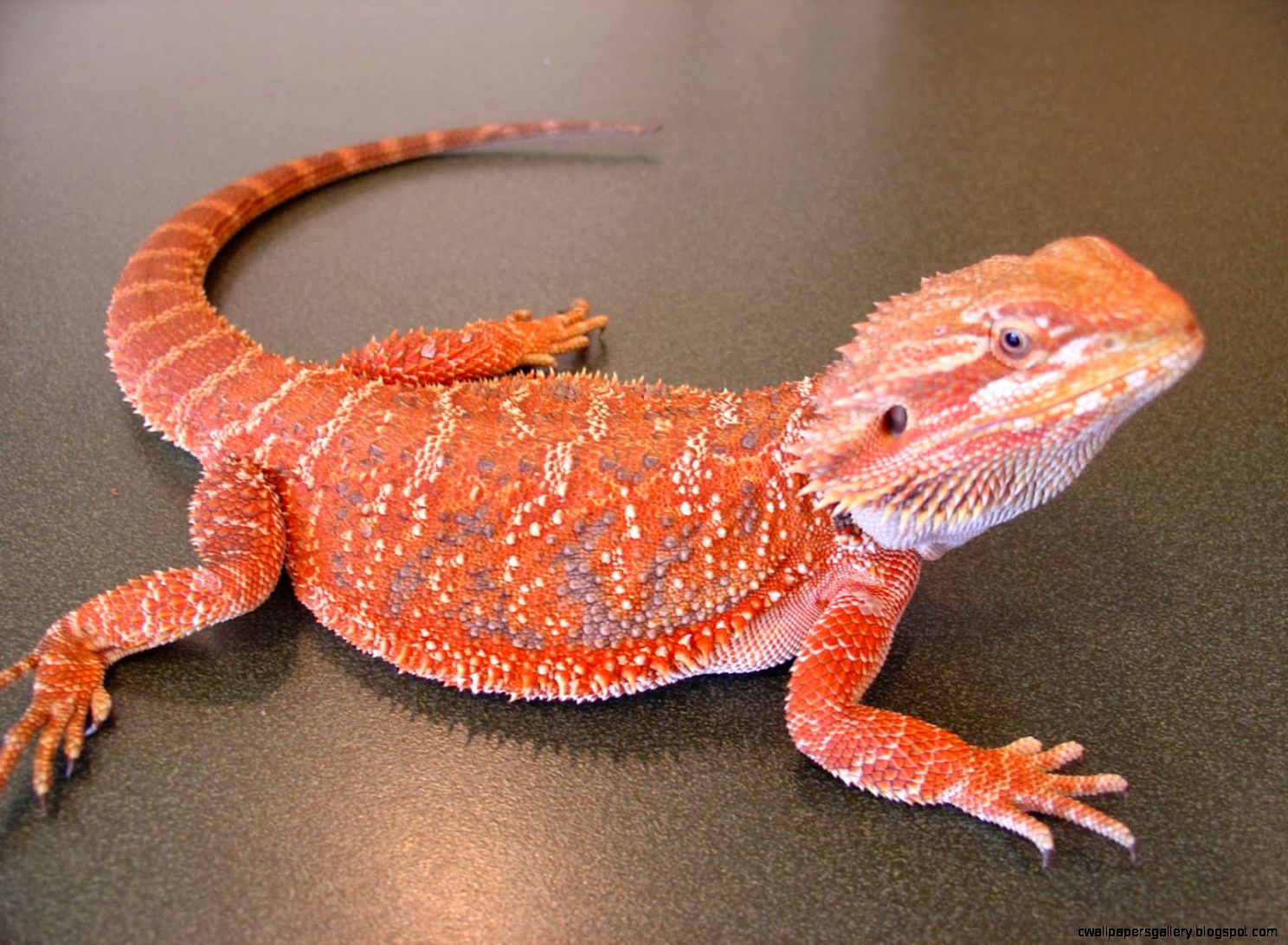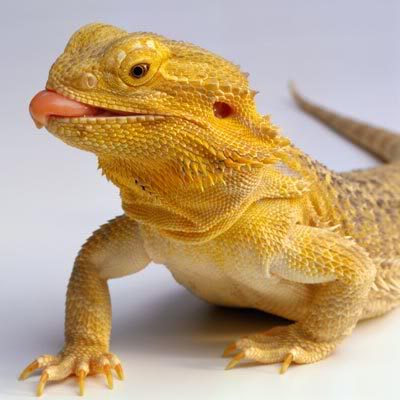Can Bearded Dragons Eat Mice? A Beginner's Guide to Understanding Your Pet's Diet
Can Bearded Dragons Eat Mice? What You Need to Know

Bearded dragons are fascinating creatures that make great pets for reptile enthusiasts. They are known for their unique appearance, gentle nature, and ease of care. One question that many pet owners have when it comes to their dragon’s diet is whether they can eat mice. After all, mice are a common food for many other types of pets, such as snakes and cats. The short answer is yes, bearded dragons can eat mice. However, there are some things you need to know before feeding them this type of food.
Understanding Your Bearded Dragon’s Natural Diet
Before we dive into the specifics of feeding your bearded dragon mice, it’s important to first understand what their natural diet is. In the wild, bearded dragons are omnivores, which means their diet consists of both plant and animal material. Their primary source of food is insects, such as crickets, roaches, and mealworms. They also eat small rodents, lizards, and even other insects.

As a pet owner, it’s important to replicate your dragon’s natural diet as closely as possible to ensure they are getting all the nutrients they need. A balanced diet for a bearded dragon should consist of:
- 50-60% vegetables, such as kale, broccoli, and carrots
- 20-30% insects, such as crickets, roaches, and mealworms
- 10% fruit, such as strawberries or bananas
The Pros and Cons of Feeding Your Dragon Mice
Now that we have a better understanding of the bearded dragon’s natural diet, let’s dive into the pros and cons of feeding your dragon mice specifically.
The Pros
- Protein - Mice are a great source of protein, which is important for a bearded dragon’s health.
- Variety - Adding mice to your dragon’s diet can provide some much-needed variety.
- Size - For larger bearded dragons, mice can be an appropriate size for them to eat.
The Cons
- Nutrition - Mice are not nutritionally complete and should not be the primary source of food for your dragon.
- Cost - Feeding your dragon mice can be expensive compared to other food sources.
- Risk of Illness - Feeding your dragon mice can increase the risk of illness, such as salmonella or parasites, if they are not properly handled and prepared.
- Prey Drive - Feeding your dragon mice can increase their prey drive, which can lead to aggression towards other animals or humans.
How to Safely Feed Your Dragon Mice
If you do decide to feed your bearded dragon mice, there are some important things to keep in mind to ensure their safety and health.
- Source - Make sure you purchase mice from a reputable supplier or breeder to ensure they are healthy and free of any diseases or parasites.
- Preparation - Before feeding your dragon a mouse, make sure it is properly thawed and warmed up to room temperature. Do not feed your dragon live mice, as they can injure your pet and increase the risk of disease transmission.
- Frequency - Mice should not be the primary source of food for your dragon and should only be fed occasionally to provide variety in their diet.
- Supplementation - To ensure your dragon is getting all the nutrients they need, consider dusting their food with calcium and vitamin D powder.
- Monitoring - After feeding your dragon a mouse, monitor them closely for any signs of illness or abnormal behavior.
In Conclusion
Feeding your bearded dragon mice can be a great way to provide variety in their diet and feed their protein needs. However, it’s important to keep in mind the pros and cons of this type of food and to follow safety precautions to ensure your pet’s health. Remember, providing a balanced diet that replicates their natural diet is key to keeping your bearded dragon healthy and happy.
